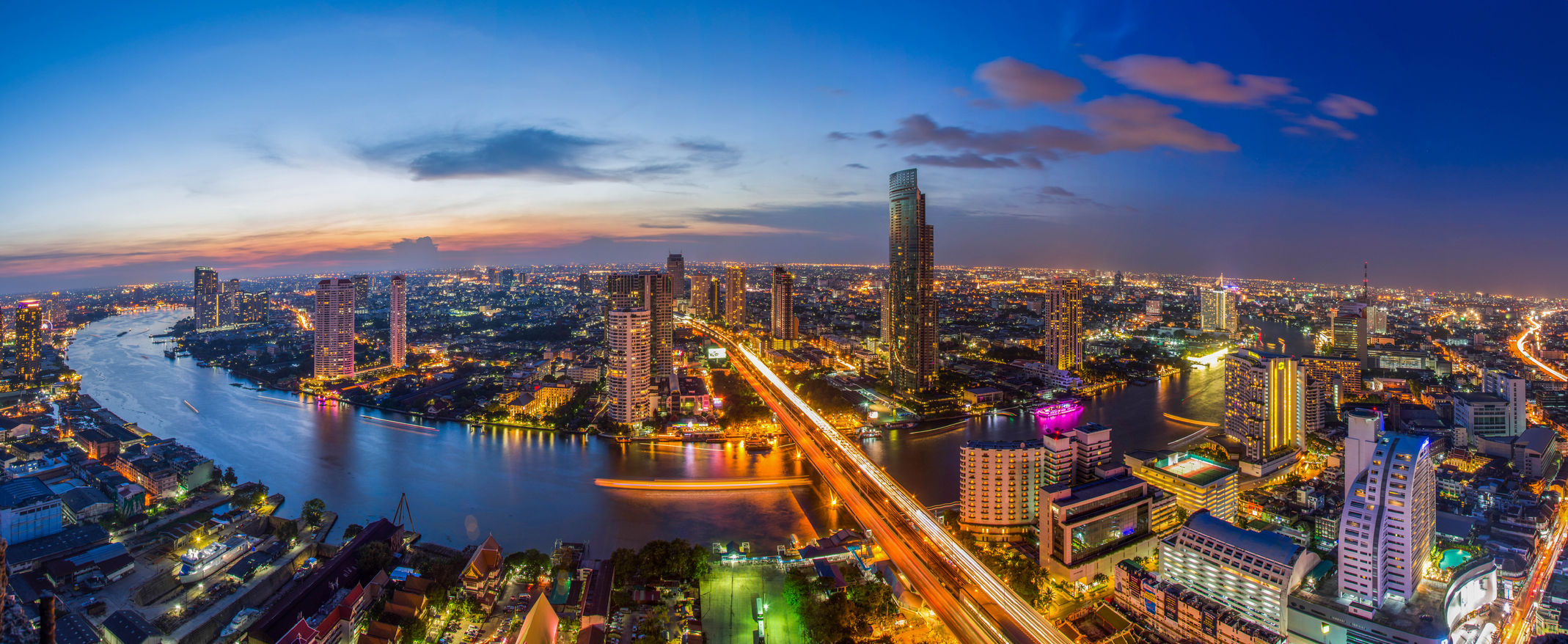19 September, 2017
On Nov 7. this year, Thailand will officially become the 99th member of the Madrid Protocol, a centralised system for trademark owners to protect marks in multiple jurisdictions, using only one international application, and subsequently to manage that protection in a single step.
An international application filed under the Madrid system can protect a trademark in up to 114 territories, of the other 98 members, in one shot. The system also lets mark owners from other member territories register their marks in Thailand through an international application filed in their own jurisdiction. If you are a trademark owner, understanding how the system works is key to reaping the full benefit.
Let's say that, as a Thai trademark owner, you wish to protect your mark in Thailand, plus the United States, Japan and South Korea. Before the Madrid Protocol, you would have needed to file four separate applications in four countries, prepared in four different languages, with application fees in four currencies.
Under the Madrid system, however, you can designate other Madrid system members in an international application. Therefore, you could file a local application with the Department of Intellectual Property (DIP) in Bangkok, and at the same time file an international application designating the US, Japan and South Korea, using the local application as the basic application, and simply wait for the result.
If you already have a local registration, you can use the local registration as the basic registration for filing your international application. The DIP will certify the international application and send it to the World Intellectual Property Office (WIPO) for examination and approval for international registration. Once international registration is granted, WIPO will notify the designated countries, and each country will further examine it for registration in its jurisdiction.
It should be noted that an international registration does not automatically gain protection in all other jurisdictions. The list of member countries that you can designate on applications is available on the WIPO website (www.wipo.int).
As you can see, you would now only need to file one international application, in one language, at one place, and pay fees in one currency, in order to extend protection over your mark to other jurisdictions.
In addition, the Madrid system sets time limits for provisional refusal in each designated country, so your mark gains automatic protection if the designated country does not provide notice of the provisional refusal within the time specified.
For instance, the US Patent and Trademark Office (USPTO) has to issue a provisional refusal within 18 months of receiving notification of the international registration from WIPO. If it fails to meet the deadline, the mark will be protected as if it had been successfully registered with the USPTO. Each member country can choose a provisional refusal deadline of 12 or 18 months. Thailand has set its limit at 18 months.
Nevertheless, if an office of a designated country issues a provisional refusal against your international registration within the limit, you will need to deal directly with that office. This may require the assistance of a local representative who is familiar with trademark practice in that country.
An international registration is valid for 10 years from the international application filing date. Within the first five years, the validity depends on the status of the basic mark. If the basic mark becomes void for any reason within these five years, the international registration will be cancelled. This type of incident is called a "central attack."
Despite some minor limitations, the Madrid system is still a recommended tool for trademark owners who wish to seek protection in several jurisdictions.
If you wish to use the system, it is highly recommended that you plan ahead, and plan well, especially if you are going to use your local application as the basic application. Although the new system makes things much smoother for prospective international trademark holders, failing to properly prepare may prevent you from getting the full benefit from the Madrid system and may ultimately lead to additional costs.
For those who do not require international protection, the national trademark protection regime is unchanged. If you have a change of mind later on, however, a pending local application for the mark (or a successful registration of it) can be used for an international application.
For further information, please contact:
Teerin Chanwatana, Tilleke & Gibbins
teerin.c@tilleke.com

.jpg)





